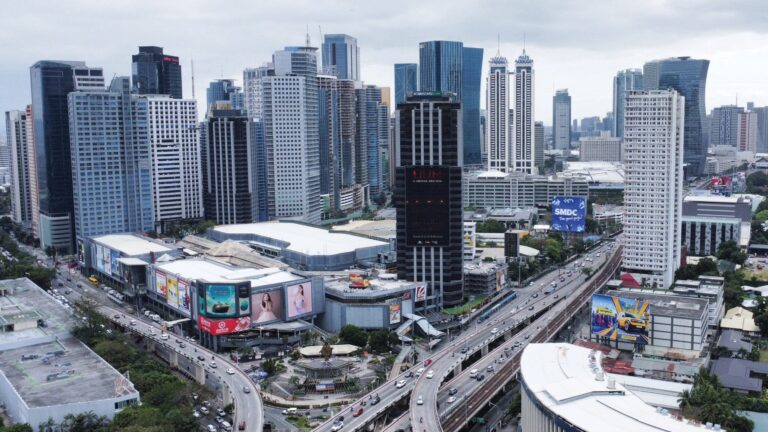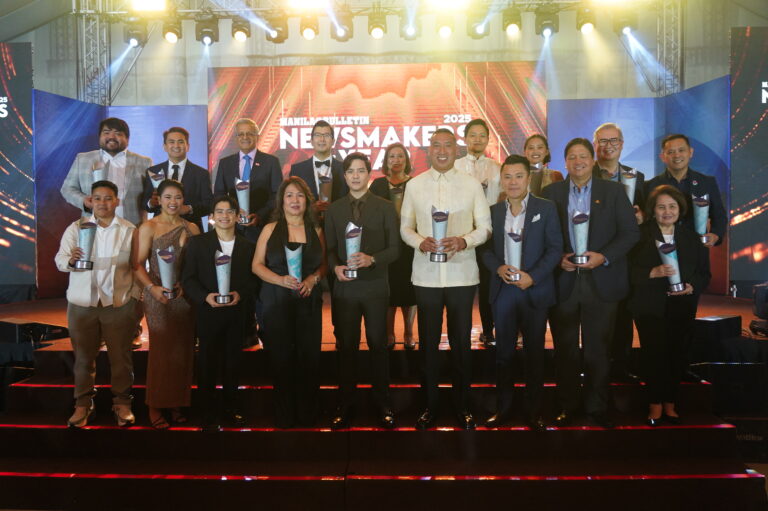As part of the 125th Manila Bulletin anniversary theme “Life is Better,” our food columnist Sol Vanzi meditates on water, family, and changing times in Las Piñas City.My great-grandmother, who loved telling me stories of her life in Cavite, was watering vegetables in her backyard garden when she collapsed and died. She was 103 and …
As part of the 125th Manila Bulletin anniversary theme “Life is Better,” our food columnist Sol Vanzi meditates on water, family, and changing times in Las Piñas City.
My great-grandmother, who loved telling me stories of her life in Cavite, was watering vegetables in her backyard garden when she collapsed and died. She was 103 and had 12 children, 20 grandchildren, and countless great-grandchildren. Her life was like her mother’s, whose life was no different. Her husband tilled somebody else’s rice field. Her family survived on a meager share from the rice harvest.
She was widowed when her husband died in an encounter between revolutionaries and better-equipped Spanish soldiers. Her brother was fatally wounded in the Filipino-American War after the United States bought the Philippines from Spain. Her children grew up distrusting foreigners.
Before World War II, her entire family had moved to Las Pinas, where her son Alejandro, my grandfather, set up a shop repairing calesas and karetelas (horse-drawn carriages). The shop’s sign read “3 Bituin Carroceria” in honor of his three daughters, the oldest of whom was my mother. The sign remained even after he shifted to making jeepneys after the war.
With the jeepney factory was in full swing, Lolo Andoy became the town’s biggest employer. His wife, Lola Tina, had to feed the workers, who paid every Saturday after receiving their pay. Among those first workers were Anastacio Francisco and Leonardo Sarao, who later went on to become familiar names in jeepney history.
Lolo’s house was made of wood with a tin roof. The front became a sari-sari store which sold cigarettes, snacks, and drinks to workers and rice, sugar, and canned goods to neighbors, who often avoided the two-kilometer walk to the Zapote market.
Las Pinas had a very rural feel until the seventies. We did not have indoor plumbing; water had to be fetched from water pumps installed over wells. The pumps had no motors and had to be manually operated. Empty water containers were lined up around the pump and carried home when filled. Lucky were households with carts to ferry the heavy containers. The rest had to hand-carry the water home. It was heavy, but free and available 24/7.
The water pump, which we called poso, was a very popular place among the young. It was where they met to flirt, court, share bits and pieces of news away from prying eyes of elders who left water-fetching to stronger members of the family.
My town started getting cityfied by the mid-seventies. NAWASA pipes reached homes and the open canals on both sides of the street were replaced with concrete pipes.
Households began buying bottled or filtered water after finding out that tap water was unsafe to drink. Several times a week, they have to stay up nights to wait for water to come out of their taps. Other days, they get water supplied from fire trucks.
The young are no longer congregating at water wells. They spend social time on social media, staring at the small screens of their cellphones. The sewer system causes flooding when it rains, forcing them to stay home.
At 80, I feel lucky to have lived long enough to see these changes and can only hope that future changes truly improve the lives of future generations.
(Photo) Sol Vanzi






